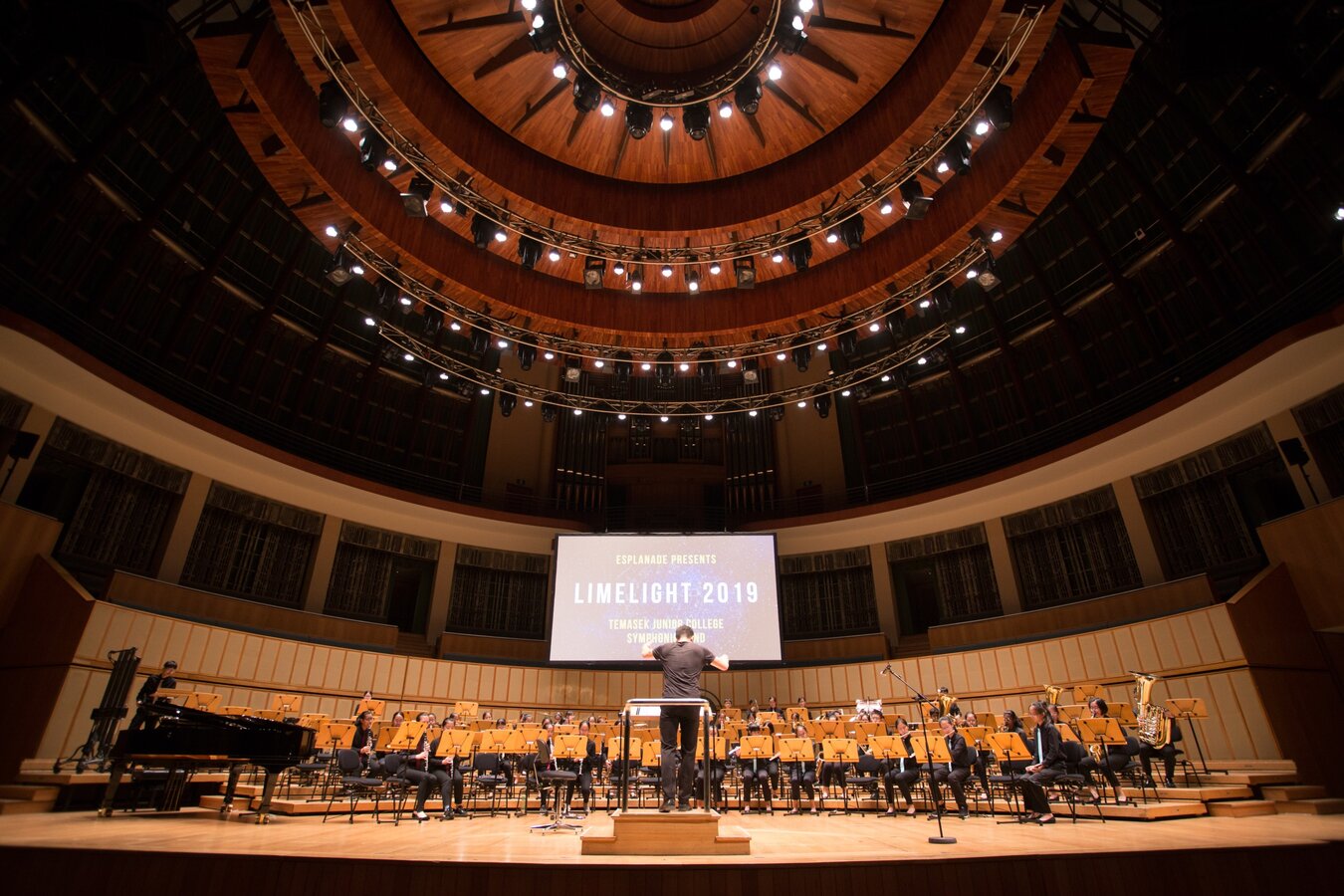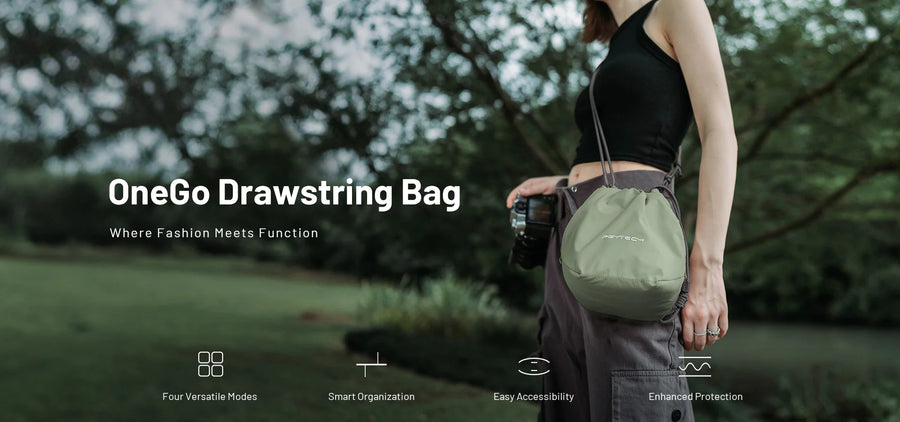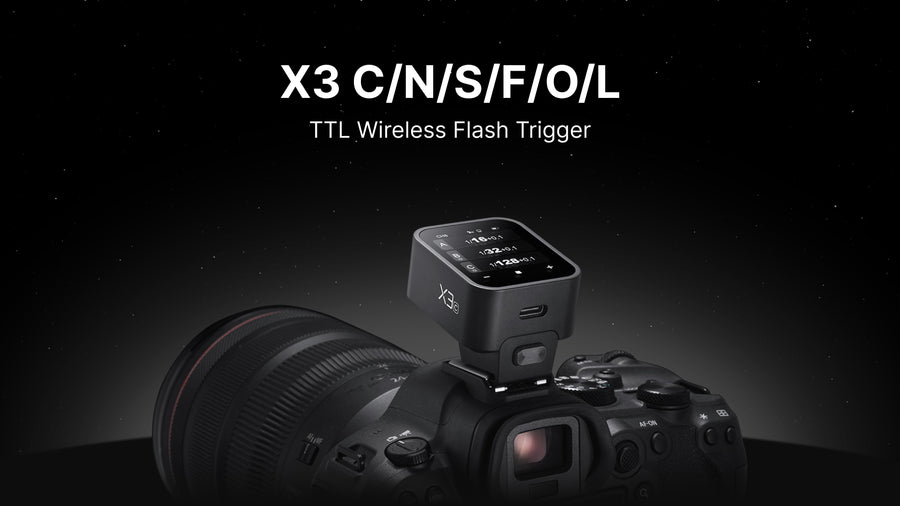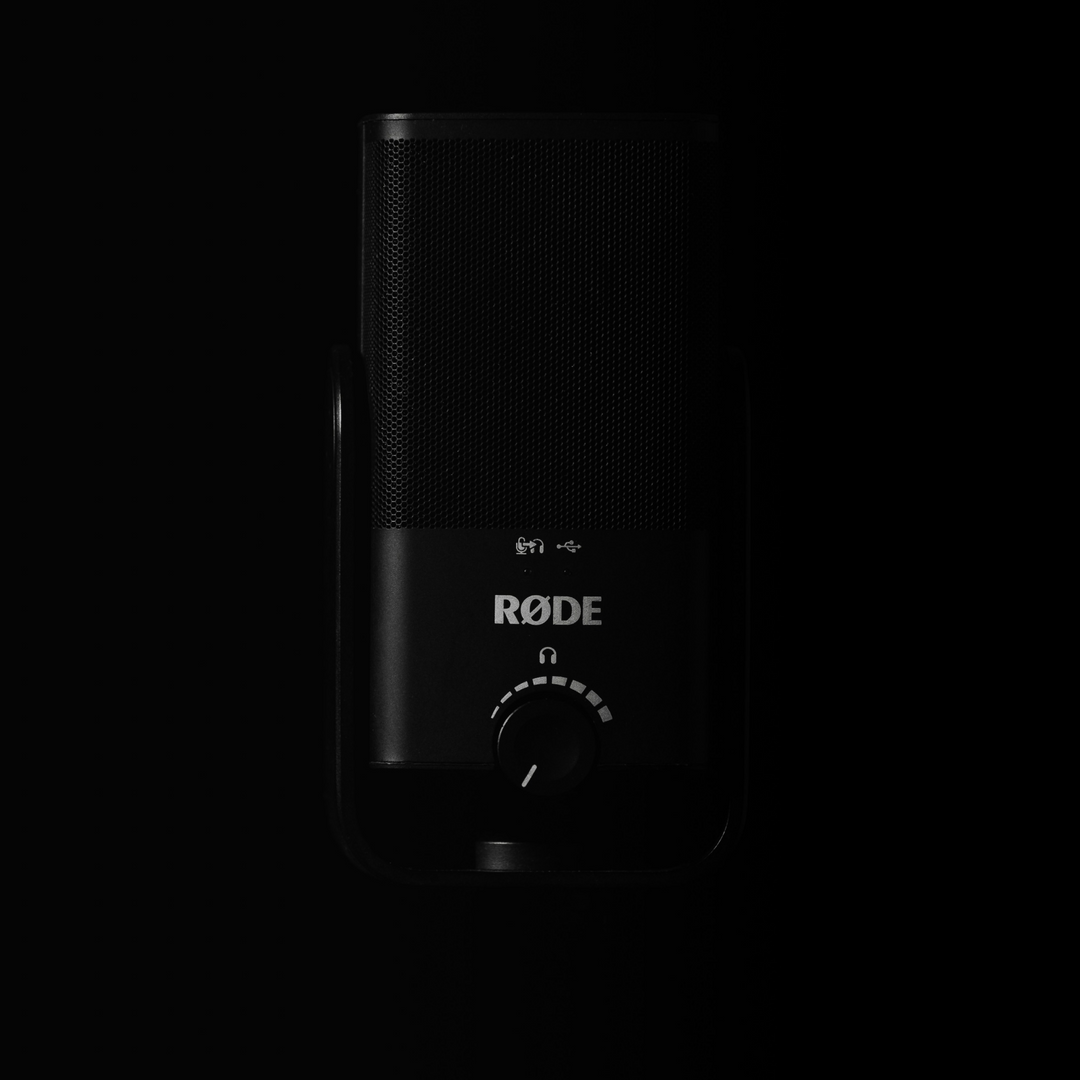How to create good audio quality in a video recording of a music ensemble - A beginner’s guide


Red Dot Photo is proficient in recording multitude of scenarios for SYF, Concerts and more.
What are the basic guidelines in recording a performance of an ensemble?
The audio quality of a music video recording is clearly the most crucial element of the production.
Recording techniques are often alluded to art and science. While there are no hard-and-fast rules, there are certain clear conventions that all recordists follow to produce a desirable outcome appropriate to the musical genre.
A good quality audio in a recording should:
- create an impression of being in a ‘live’ performance for listeners
- enable listeners to hear the timbre of the instruments or voices clearly
- provide a realistic dynamic range and the natural balance of the instruments or voices
- enable listeners to judge the perspective of distance, depth and left/right stereo spread
- enable listeners to sense the apparent acoustic environment
What is a good setup that will enhance the audio quality of a video recording?

Example of a popular type of microphone for field recording, the Cardioid condenser microphone!
Using external microphones
Good quality external microphones are essential to bring in the best sound in your production. While all video cameras are equipped with inbuilt microphones, they cannot be controlled in directivity to the sound source or subject of your recording. Since the (main) video camera needs to be positioned a considerable distance from the ensemble to capture all performers into the frame, the internal microphones will also be too far away from the ensemble.
Getting external microphones physically closer to your subject or sound source ensures better fidelity and minimised distracting background noise.
Semi-professional or professional video cameras that come with multiple XLR inputs offer connection to external miking.
Using condenser microphones
There are a huge range of specifications and applications for different types of microphones. Condenser microphones are generally the preferred type for most studio applications because of their detail and accuracy.
Different condensers demonstrate a range of polar patterns (cardioid, omni-directional etc) - the engineer’s choice depends on the quality of the acoustics as well as the size of the ensemble.
Examples of microphones for music ensembled, be it Choir or String Ensemble, Chinese Orchestra or Band:
Rode Condenser microphone Matched Pair M5 MP
Audio-Technica AT2021 Condenser microphone for musical instrument
Audio-Technica AT2031 Condenser Micrphone for music ensembles
How many microphones should be used and what types of condenser microphones are best for ensemble recording?
The short answer is, at least two, but more for greater detail and quality.
The most widely used fundamental technique is called stereo recording, where two identical microphones are used to simultaneously to create depth and a sense of space. This stereo pair will project the predominant sound in your audio recording. An additional pair of microphones can be placed further away from the ensemble for ambient miking, where the reverberation and delay in the venue is captured more than the actual ensemble sound. Additional spot microphones can also be placed near instruments for boosting the attack.
Small diaphragm condenser microphones are used almost exclusively for classical music, and are highly recommended for choirs and any instrumental ensembles. Cardioid patterns are the most practical, though omni-directional microphones could be good ambient mics in ideal acoustic environments.
How should the microphones be positioned?
The ideal position of the microphones is one which covers every section of the ensemble equally, as well as suitable amount of ambience.
The optimum position for the main stereo pair is above or behind the conductor’s podium, at a height between 3 and 4 metres.
The distance and angling of the microphones will depend on size of the physical size of the ensemble and the characteristics of the venue acoustics. The stereo recording techniques - ORTF, NOS, X/Y, AB are applicable in relation to the unique circumstances of the recording.

What should the recording engineer do during a mic test prior to the recording?
Listen to the ensemble play from the audience’s perspective. The goal is to emulate the ‘live’ sound in the recording as close as possible.
With monitor studio headphones or speakers, test the level of every section.
Get the full ensemble to play the loudest passage and check that the recording level is within -2dBFS, or below the red zone.
Example of a reliable field recorder
Zoom H6 Handy recorder
Do contact us Redddotphoto for further queries on recording performances for SYF 2021, concerts or related events!
Email: enquiries@reddotphoto.com.sg
WhatsApp: 87798695







